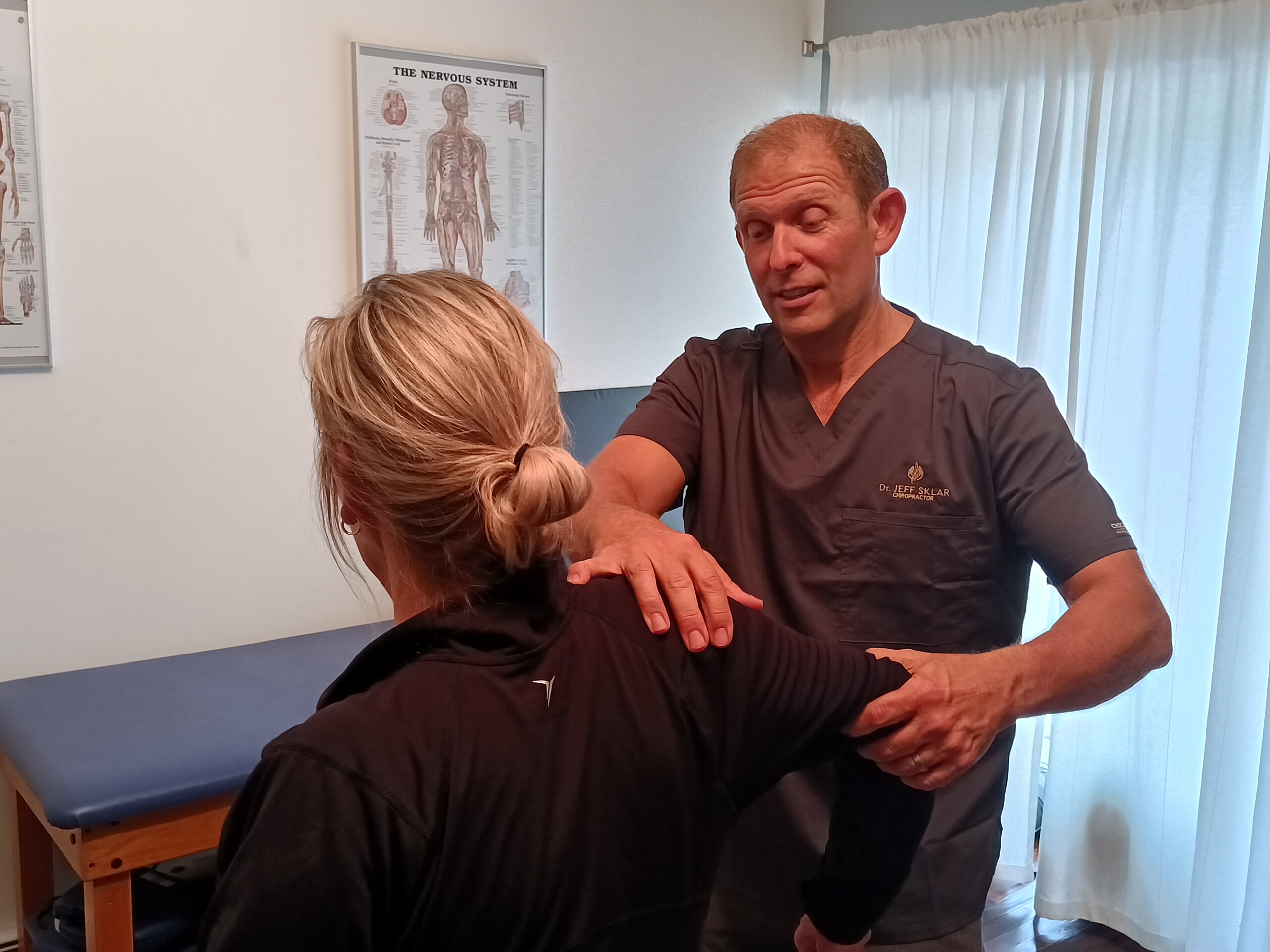Chiropractic is widely recognized as one of the safest nondrug, noninvasive forms of health care available for the treatment of neuromusculoskeletal complaints. Although chiropractic has an excellent safety record, no health treatment is completely free of potential adverse effects. The risks associated with chiropractic, however, are very small. Many patients feel immediate relief following chiropractic treatment, but some may experience mild soreness, stiffness or aching, just as they do after some forms of exercise. Current research shows that minor discomfort or soreness following spinal manipulation typically fades within 24 hours.
Neck pain and some types of headaches are treated through precise cervical manipulation. Cervical manipulation, often called a neck adjustment, works to improve joint mobility in the neck, restoring range of motion and reducing muscle spasm, which helps relieve pressure and tension. Neck manipulation, when performed by a skilled and well educated professional such as a doctor of chiropractic, is a remarkably safe procedure.
Some reports have associated high-velocity upper neck manipulation with a certain rare kind of stroke, or vertebral artery dissection. However, Dr. Sklar typically does not perform this types of adjustments. Moreover, if high velocity manipulation is indicated, the patient will be screened for any underlying conditions that would contraindicate this manipulation. Finally, best evidence indicates that the incidence of artery injuries associated with high-velocity upper neck manipulation is extremely rare—about one to three cases in 100,000 patients who get treated with a course of care. This is similar to the incidence of this type of stroke among the general population.
If you are visiting your doctor of chiropractic with upper-neck pain or headache, be very specific about your symptoms. This will help your doctor of chiropractic offer the safest and most effective treatment, even if it involves referral to another healthcare provider.
When discussing the risks of any healthcare procedure, it is important to look at that risk in comparison to other treatments available for the same condition. In this regard, the risks of serious complications from spinal manipulation for conditions such as neck pain and headache compare very favorably with even the most conservative care options. For example, the risks associated with some of the most common treatments for musculoskeletal pain (i.e. over-the-counter or prescription nonsteroidal anti-inflammatory drugs (NSAIDS) and prescription painkillers) are significantly greater than those of chiropractic manipulation.
Moreover, the Centers for Disease Control and Prevention (CDC) has reported that overuse and abuse of prescription opioid pain medications is among the leading causes of accidental death in the United States.
Doctors of chiropractic are well trained professionals who provide patients with safe, effective care for a variety of common conditions. Their extensive education prepares them to identify patients who have special risk factors and to ensure those patients receive the most appropriate care, even if that requires referral to a medical specialist.


